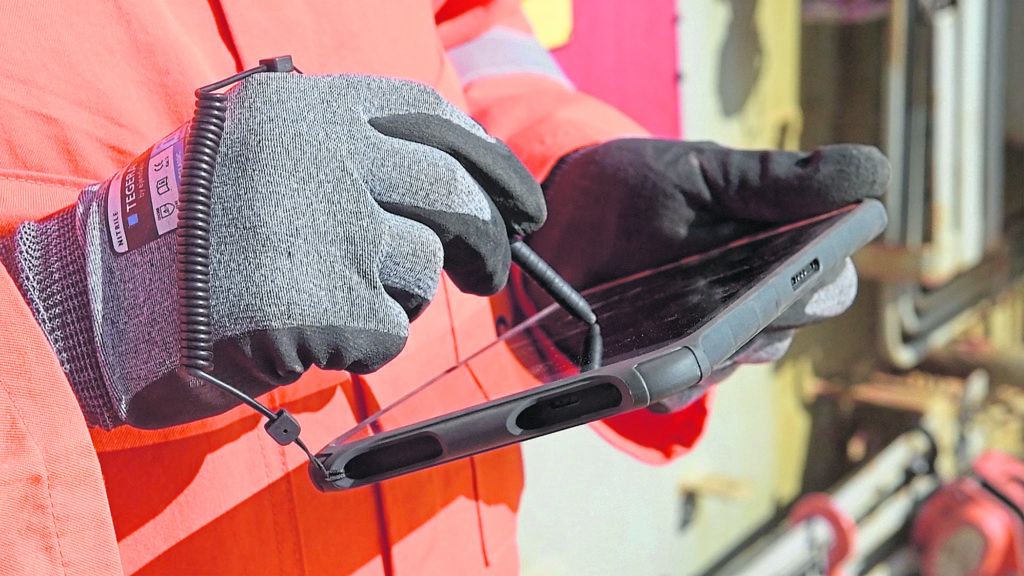
Global oil and gas executives are preparing to accelerate investments in digital technologies, with the main goal of furthering their cost-saving ambitions.
This is according to our latest report, New Technology Can Lead The Way, But Do You Know Where You’re Headed?, a survey of 100 global oil and gas executives, which finds that 89% expect to increase investment in digital in the next two years.
Despite oil prices reaching more attractive levels during the third quarter of 2018, operating efficiency remains a top priority owing to a legacy of falling prices in recent years.
Some 42% of survey respondents say their primary motivation for investment in digital is to improve efficiency, while 55% say that their priority for technology investment will be focused on operational improvement.
A smaller segment (23%) are more ambitious, indicating that their main impetus for investment is to expand their suite of digital capabilities.
Focusing and improving operational efficiency has been the industry’s mantra since the price of oil started to decline in 2014.
In response, companies are subjecting investments to far more intensive scrutiny, and they are looking for solutions to slim down the cost-per-barrel, aid recovery rates and reduce non-productive times.
There is now broad recognition across the industry, however, that short-term cost-cutting is not the answer, and that digitisation has the potential to significantly improve efficiency.
If businesses think holistically about technology, they can go further to unlock growth opportunities and emerge as industry leaders.
According to our latest findings, robotic process automation (RPA) and advanced analytics are expected to have the most significant impact on the industry over the next five years — with both cited by 25% of executives.
Most survey respondents (75%) say they are already implementing RPA, and 87% indicate that they are using advanced analytics as they look to use data to boost productivity.
Conversely, the Industrial Internet of Things (IIoT) is only being implemented by 19% of respondents. While 70% say they plan to adopt IIoT in the next 18 months, 20% of respondents believe it carries the most risk in light of the associated cybersecurity threat.
The report further highlights the significant obstacles faced by the industry in embedding digital technologies and overcoming silo mentalities. Less than a third of respondents (31%) believe their digital investment vision is “highly aligned” with the views of other senior managers.
And 41% say reaching agreement on a digital road map from executive teams and the board of directors is a key strategic problem.
Integrating new digital tools is also cited as a fundamental challenge. On average, respondents allocate nearly half (48%) of their digital technology investment to outsourcing, while 36% of organisations surveyed say their greatest operational barrier is around integrating new tools with existing solutions and systems.
Indeed, respondents devote an average of just 17% of their digital technology investment to building in-house capabilities – which they attribute to personnel issues and prohibitive timelines and costs.
However, 39% of respondents acknowledge that developing internal resources can be a valuable opportunity to foster an internal culture of innovation.
There still appears a lack of confidence among executives about how to define and execute digital visions, and the scope of many strategies is still too narrow.
While outsourcing can be beneficial at the outset, ultimately, the winners will build integrated, in-house capabilities that embrace the potential of new technologies.
In doing so, businesses must also be aware that the human factor remains crucial to digitisation, and they need to address the organisational challenges that inevitably arise when adopting a more ambitious digital strategy.
Andrew Deane, associate partner, Oil & Gas Advisory
Recommended for you
